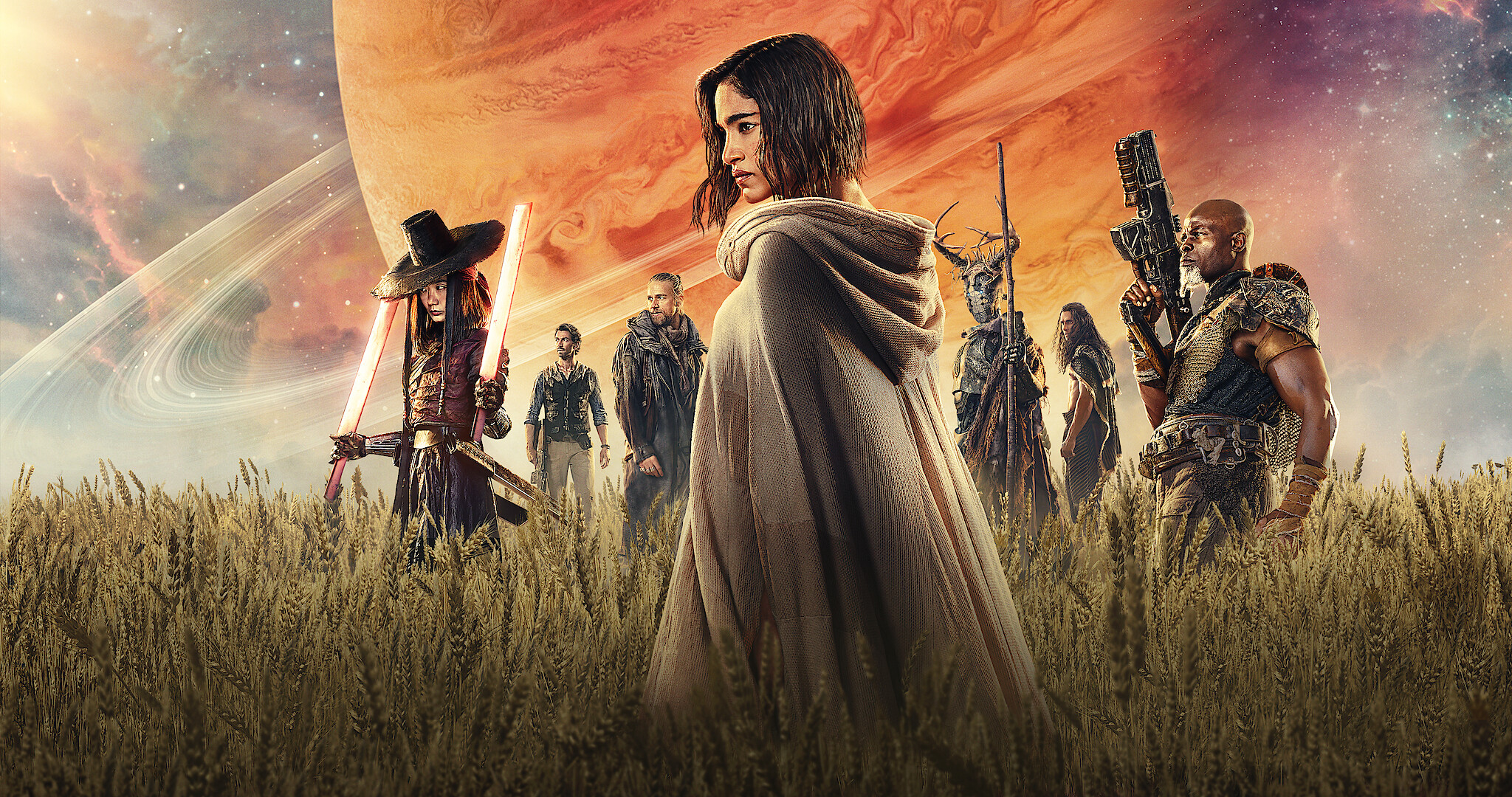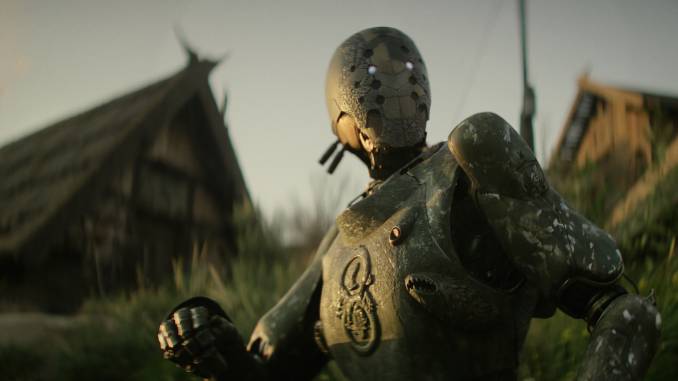The end is just “the start of something,” according to one of the action-figure-deep heroes of “Rebel Moon—Part One: Child of Fire,” the lumbering first half of Zack Snyder’s planned two-part “Star Wars” knockoff. After 133 minutes (give or take seven for credits), Snyder’s latest gang of misfits are finally ready to fight space Nazis. It’s Akira Kurosawa in space again, only this time everything’s rendered with storyboard perfection and a frustrating emphasis on sheer visual scale, despite a general lack of eye-catching details.

Snyder (“Army of the Dead”) and his two credited co-writers, Shay Hatten and Kurt Johnstad, never really try to be original. Instead, they joyless trudge through formulaic territory, only now with a bigger budget and a Snyder-y compulsion to replicate the looks and styles of other movies and comic books, among other media. “Rebel Moon” often looks more like an animated pitch for a movie than an actual movie with human characters, urgent drama, emotional stakes, and so forth.
Everything’s big—and corny, and ungainly—in “Rebel Moon,” starting with the space farmers who try and obviously fail to resist a visiting party of space fascists, representing the Motherworld’s formerly great colonial power. The farmers are initially led by a brawny Corey Stoll, whose needlessly swole physique and braided pushbroom beard ostensibly contrasts his character with Admiral Atticus Noble (Ed Skrein), a very pale goose-stepper with a short temper and an army at his back.

Stoll’s character dies pretty quickly, because even a father figure with a barrel chest and Viking Snuffleupagus beard cannot defeat Noble and his fellow would-be overlords. Now the farmers of, oh gosh, Veldt must plan for the Motherworld’s next visit. Their champion, a petite farmer with a past named Kora (Sofia Boutella), then sets out to find warriors who can train her people to fight back. She finds stock types with prominently exoticized backgrounds, like the Scottish mercenary Kai (Charlie Hunnam) and the beastmaster prince Tarak (Staz Nair), now a slave.
As usual, Snyder doesn’t seem to care about these characters so much as he likes their style-guide features, like their cleavage, their haircuts, and their hard-stressed accents. Some actors, like Hunnam and Stoll, dig in with both hands, but not everyone fares as well with dialogue that never stops expositing even as matte-painting replica landscape shots threaten to swallow up whoever’s pushing the plot this time around. It’s usually Kora, but other characters help to establish the movie’s passing interest in the usual post-“Star Wars” space opera themes of resistance, hope, and compassion, mostly through bumpersticker dialogue and G.I. Joe poses.

Some critics will joke that “Rebel Moon” resembles A.I. art since it slouches through the motions of another space opera homage without much art, grace, or human discernment. Others would do well to remember that this sort of over-produced van art cinema has always been Snyder’s style. In his previous movies’ better moments, you can see Snyder and his collaborators’ joy in trying to synthesize a grab bag of tropes and ideas into mildly canny maximalist epics. Viewers’ expectations are still often only tweaked and not subverted, like in the “Rebel Moon” scene where Kora rescues fellow Veldt farmer Gunnar (Michiel Huisman) from a gross-looking alien publican who grabs Gunnar’s crotch and threatens to rape him at a Mos Eisley-style tavern.
Kora still gets called a “bitch” a couple of times by Gunnar’s attacker, but then she gets to fly around the bar at a typically Snyder-y slow-fast-slow clip. That over-compensatory style of speed-toggling action, also known as speed-ramping, has been Snyder’s signature move for a while now. So has paying lip service to female protagonists who, at best, get to posture more than their male co-stars. Still, it’s hard to care about Kora or supporting characters like the laser-sword-wielding cyborg Nemesis (Doona Bae), who also wears a wide-brimmed Korean gat on her head. Then again, women aren’t the only ones who get negligible consideration, as we see when Tarak whispers pseudo-folksy wisdom and wrangles a black griffin that looks a lot like Toothless the dragon. Everybody walks and talks like a robot here, but only some are meant to be read as robotic.

“Rebel Moon” also only really looks good when it’s focused on things crashing into or flying above other things. Sometimes they hover over and then crash into things, which has its appeal. Unfortunately, none of the fun or affection that likely went into the making of “Rebel Moon” has survived the transition from storyboard to screen, making it harder to care when characters tease viewers with perverse humor—watch out for those tentacles, Atticus!—or aching sincerity. (“Kindness is a virtue worth fighting for”) Heroes like Kora circulate in order to justify prefab epic-ness, but they don’t make “Rebel Moon” move any faster towards its foregone cliffhanger ending. And yet it moves, I guess.
In theaters now. On Netflix December 22nd.





